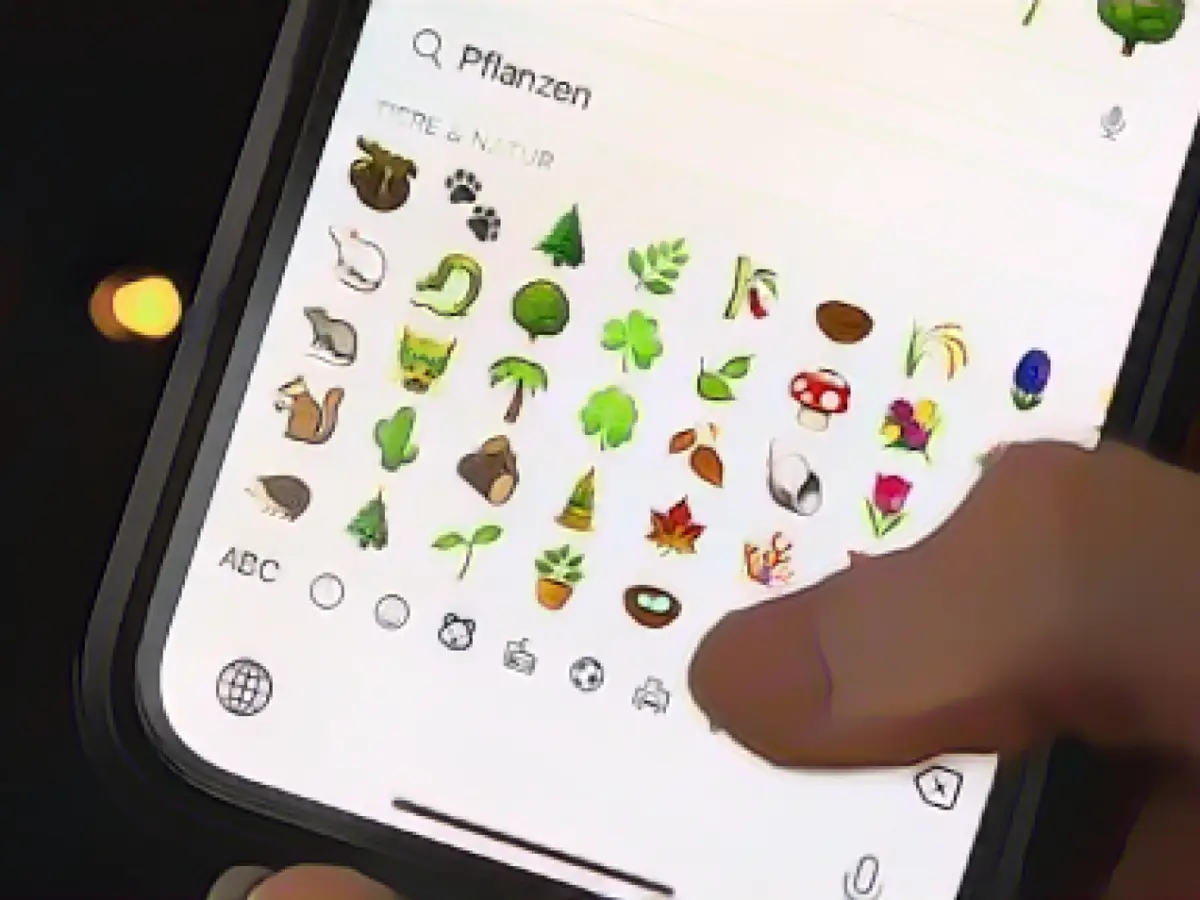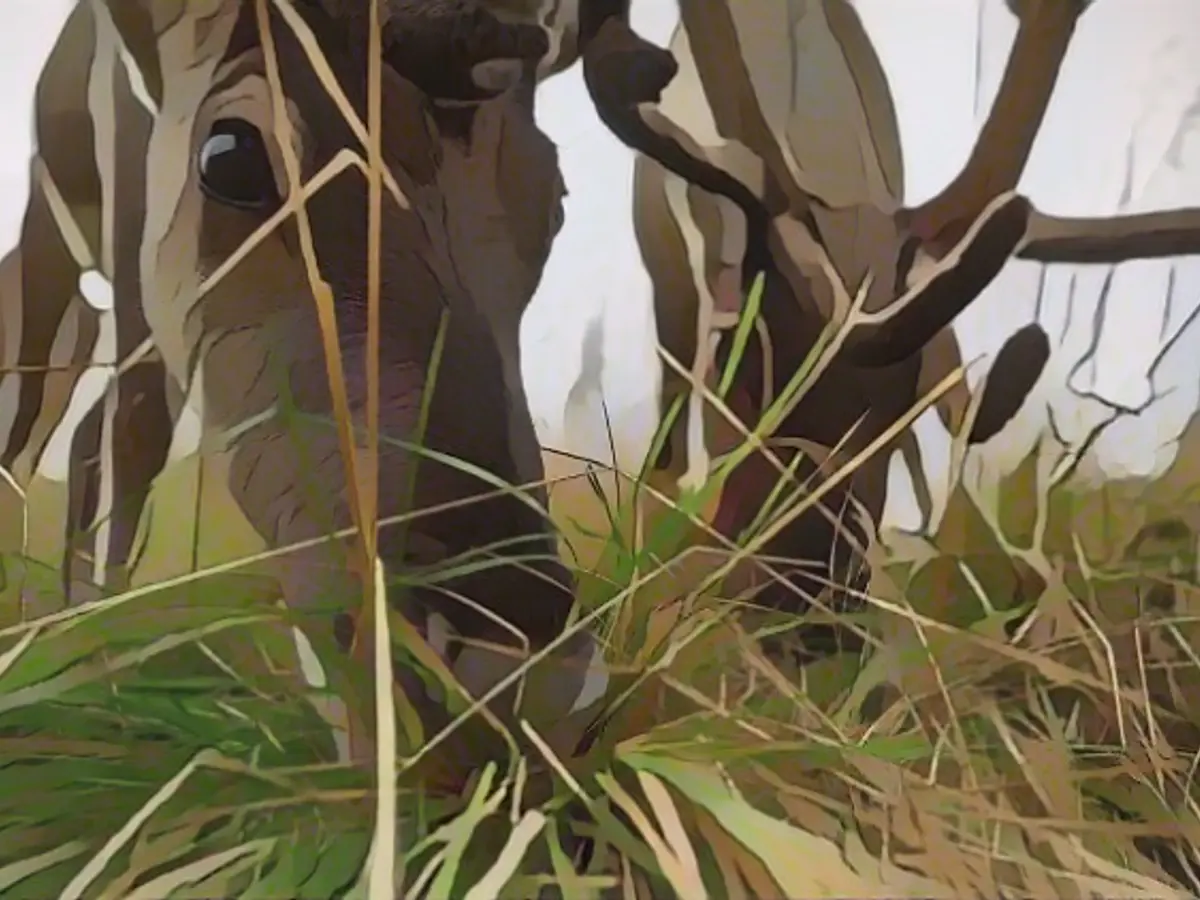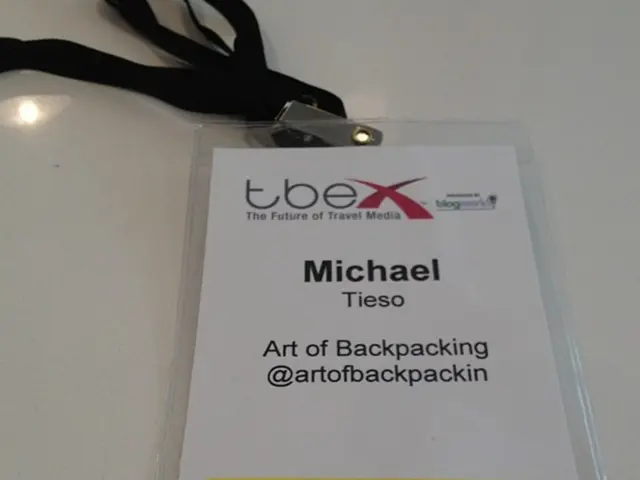Emojis on Our Phones: The Missing Biodiversity Representation
Emoticons have come a long way from the humble smiley face. Today, we have a diverse collection of digital images representing everything from people and animals to objects and emotions. However, an Italian research team has identified a concerning gap in this digital menagerie: nature's biodiversity isn't faithfully depicted.
In a study published in the journal "iScience," the team led by Gentile Francesco Ficetola from the University of Milan, explored Emojipedia's vast library of images. They discovered that animals are quite well-represented, boasting everything from pandas to sharks. But when it comes to plants, fungi, and microorganisms, we're sorely lacking.
Moreover, even among animals, some groups fall short. While there's an abundance of emojis for vertebrates like pandas and eagles, arthropods, or insects, crustaceans, and arachnids, are missing. This oversight is surprising given that arthropods are the most diverse group of animals on Earth.
The researchers argued that promoting biodiversity awareness might benefit from more varied emojis. Awareness can stem from unexpected places, and in our increasingly digitalized world, emojis might just serve as a potent vehicle for spreading the message.
"Even if the biodiversity crisis seems far removed from the online world, in our increasingly digitalized society, we should not underestimate the potential of emojis to raise awareness and promote appreciation of the diversity of life on Earth," write the researchers.
Top 5 Observations
- Plants, Fungi, and Microorganisms: These groups are drastically underrepresented in emojis, suggesting that our digital world tends to overemphasize common animals.
- Arthropods: Arthropods, despite being the most diverse animal group, are not adequately represented in emojis, underlining how important it is to include lesser-known species.
- Uneven Representation: Some animals, like pandas and bald eagles, are well-represented, while others, such as ants and fish, are fuzzy and simplified.
How We Can Fill the Gap
- Bring in More Species: Add diverse species like endangered animals, plants, and insects as new emojis.
- Update Emojis: Go deeper with existing emojis, providing detail and variety. For example, how about seasonal tree emojis or different types of fish?
- Educational Content: Utilize emojis in awareness campaigns and social media posts to teach users about various species and habitats.
- Collaboration: Partner with conservation research organizations and groups to design emojis that accurately represent different species and their conservation status.
- Interactive Features: Develop games and quizzes that use emojis to educate and engage users about biodiversity.
- User-Generated Content: Encourage users to share photos or stories using these new emojis, fostering a sense of connection with conservation.
- Themed Days: Celebrate biodiversity days using these emojis, amplifying the message.
- Environmental Messages: Include educational messages in emojis to promote sustainable practices and conservation efforts.
- Accessibility: Ensure emojis are accessible to all users, including those with disabilities, by providing alternative text descriptions.
- Regular Updates: Continuously update emojis to reflect fluctuations in conservation status and emerging environmental issues.
By incorporating these strategies, we can tell the incredible story of life on Earth through our digital devices while promoting biodiversity awareness and conservation efforts[2].
[2]: Enrichment Data (additional biodiversity-related suggestions)






